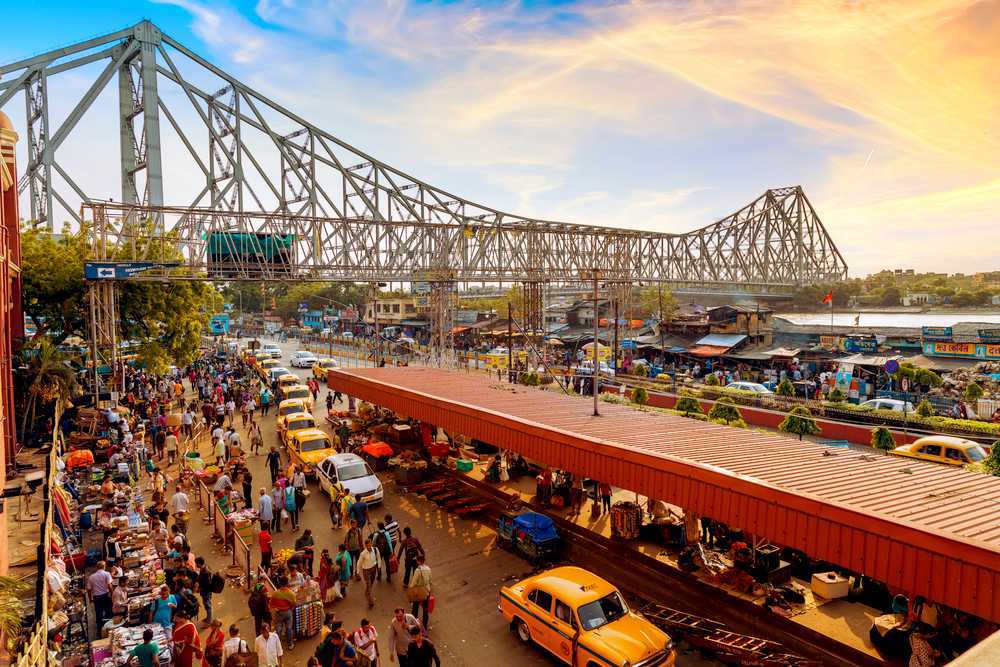The economic revival of Kolkata is crucial to eastern India’s future. And that revival must perforce begin by shedding the anti-entrepreneurial attitudes ingrained in the city’s elite.
New Delhi: A century ago, Asia’s greatest metropolises were Shanghai and Calcutta, both great cosmopolitan cities rooted firmly in their soil but buzzing with commerce, intellectual ferment and cultural vibrancy. Shanghai went through great convulsions—incubating China’s communist party exactly a century ago, but also prospering during the Japanese occupation for which its denizens were punished with greatest vehemence by Mao after his 1949 takeover.
Shanghai’s commercial elite fled to Hong Kong and Taiwan, re-creating thriving capitalist economies in both places. The city they left behind decayed, reaching its nadir in the Cultural Revolution of 1965-76, when it suffered the worst depredations of the infamous Gang of Four. Since the 1967 election,
Calcutta too suffered a precipitous decline, partly because a large section of its youth and intellectual class embraced Mao, accelerating the flight of capital from West Bengal.
Since the 1990s, Shanghai has witnessed a spectacular commercial renaissance, competing increasingly with Singapore, Tokyo and Hong Kong, while Kolkata has languished as a backwater even within India, losing out not only to the Delhi NCR, Mumbai and Chennai, but also to Bengaluru, Hyderabad, Pune and Ahmedabad. Even the lustre of being India’s “intellectual capital” has thoroughly frayed, with Bengaluru stealing a march on Kolkata.
The economic revival of Kolkata is crucial to eastern India’s future. And that revival must perforce begin by shedding the anti-entrepreneurial attitudes ingrained in the city’s elite.
The legacy of Dwarkanath Tagore (pioneer collier, banker, tea planter and shipper), P.C. Ray (Bengal Chemicals), Kiron and Hemen Roy (Bengal Lamps), Surendra Mohan Bose (Duckback), G.D. Birla, Biren Mookerjee (IISCO, Martin Burn) and Nalini Ranjan Sarker (Hindustan Cooperative Insurance) provides a rich vein of inspiration, albeit neglected for half a century.
Given how far Kolkata has fallen, the first aim must be to build on what remains. Healthcare is one area in which Kolkata has retained a niche eminence, despite state governments’ interference that has frequently come close to killing even this last golden goose.
Medical tourism (attracting patients from rich countries to lower-cost but high-quality medical solutions) is an area in which Bangkok and Singapore thrive. Kolkata is the Bangladeshis’ first port of call for medicine; with some effort (including beautifying the city), it can compete with Bangkok to attract medical tourists from the West as well.
Coal India and Hindustan Copper are still headquartered in Kolkata. And the city’s hinterland includes some of India’s richest mineral resources—bauxite, iron-ore, as well as coal and copper. The moribund Calcutta Stock Exchange (CSE) must be revived by becoming like the Chicago Mercantile Exchange (CME), listing a range of derivatives contracts—beginning with commodity options and futures for coal, iron, steel, aluminium and copper, as well as rice, wheat, tea, coffee and jute.
In a revival journey, expertise must initially be imported—to train locals to take up jobs that have vanished over the decades. Linking up with Singapore and Bangkok for that expertise would be the first step. L.N. Mittal and Anil Agarwal, with their deep roots in the region and their worldwide commodity empires, should be recruited to lend staff to helm the effort.
Stock index options and futures not only for Indian stocks but for those listed in Singapore, Thailand, Bangladesh, Malaysia and points further east would be the next step, followed by converting Kolkata’s accountants into equity-research analysts for all East Asia and eventually the world, expanding knowledge process outsourcing (KPO). And CSE would need an infusion of professionalism to add dynamism and enterprise to lead the effort.
The first IIM was established in Calcutta, the first IIT in Kharagpur. And when Ashutosh and Syama Prasad Mookerjee ran it, Calcutta University was India’s most eminent.
Rejuvenating them, and encouraging a healthy proliferation of quality private universities and technical/business schools is crucial to beginning the journey back to being an intellectual hub (and later an intellectual capital). The idea that “activism” is students’ main calling must be shed once and for all.
In Kolkata’s hinterland, an eco-system of labour-intensive manufacturing must emerge, capitalising on the new labour lawspassed last year. Garments to compete with Bangladesh, textiles to revive Bengal’s millennia-long calling as clothier to the world, shoes reviving another tradition, toys and food-processing are all elements of industry in which Bengal still has muscle-memory. Labour-intensive manufacturing not only creates millions of jobs, it feeds products (clothes, shoes, toys, food) the demand for which naturally grows with the world’s population and rising prosperity.
Shedding 54 years of communism, and the bad odour of its anti-business legacy, will help revive Kolkata’s old calling as the commercial hub of India—and its role as the natural gateway to East Asia. With economic revival, a cultural renaissance will logically follow. 2May will tell us if Bengal has chosen to seize and alter its destiny.
Prasenjit K. Basu is the former chief economist for India & South-East Asia at Credit Suisse First Boston, and the award-winning author of “Asia Reborn”.

